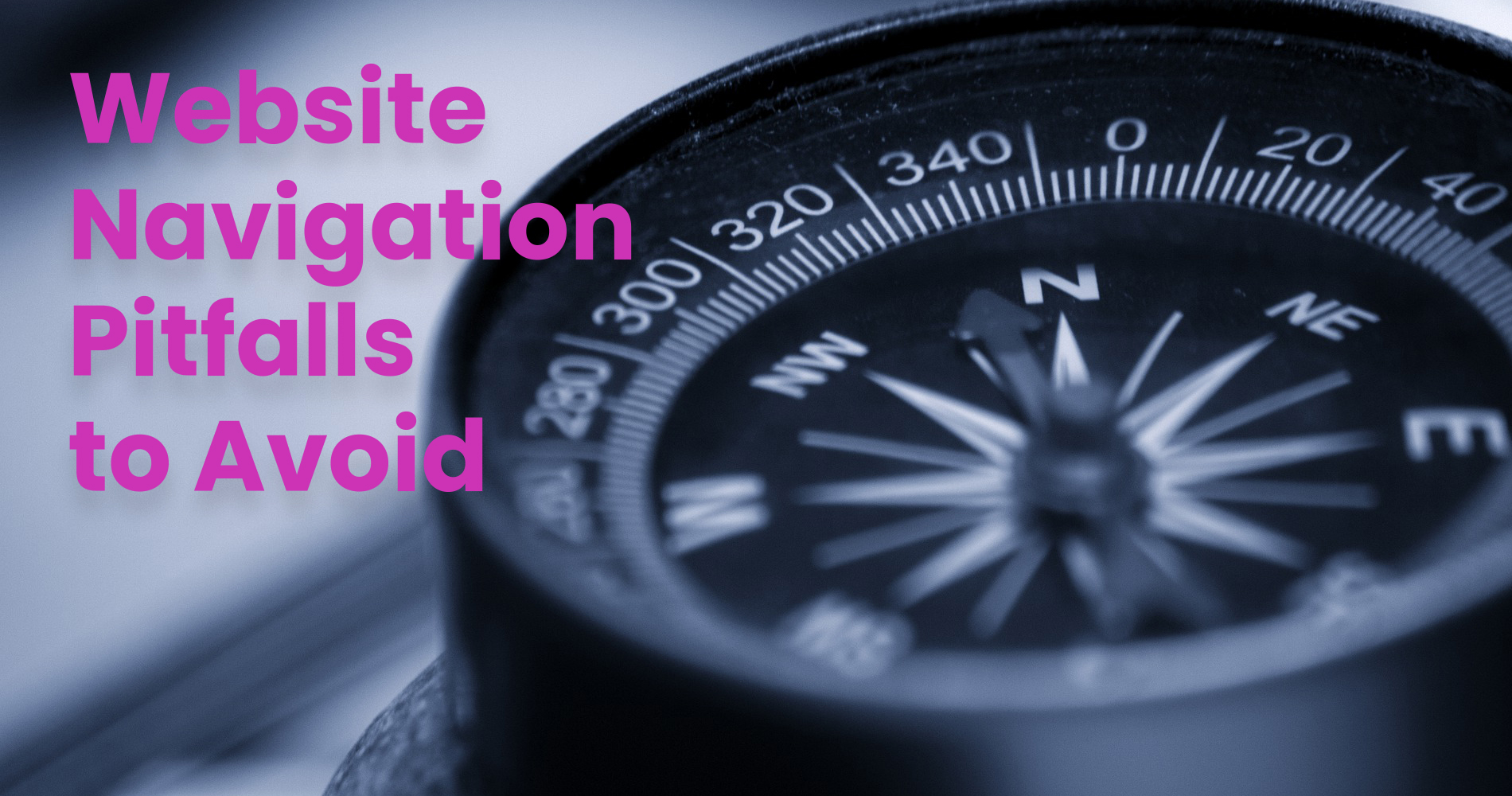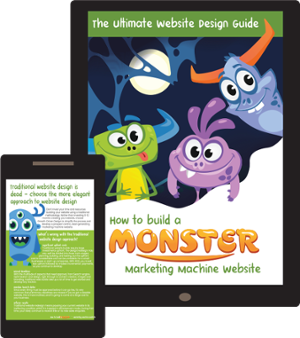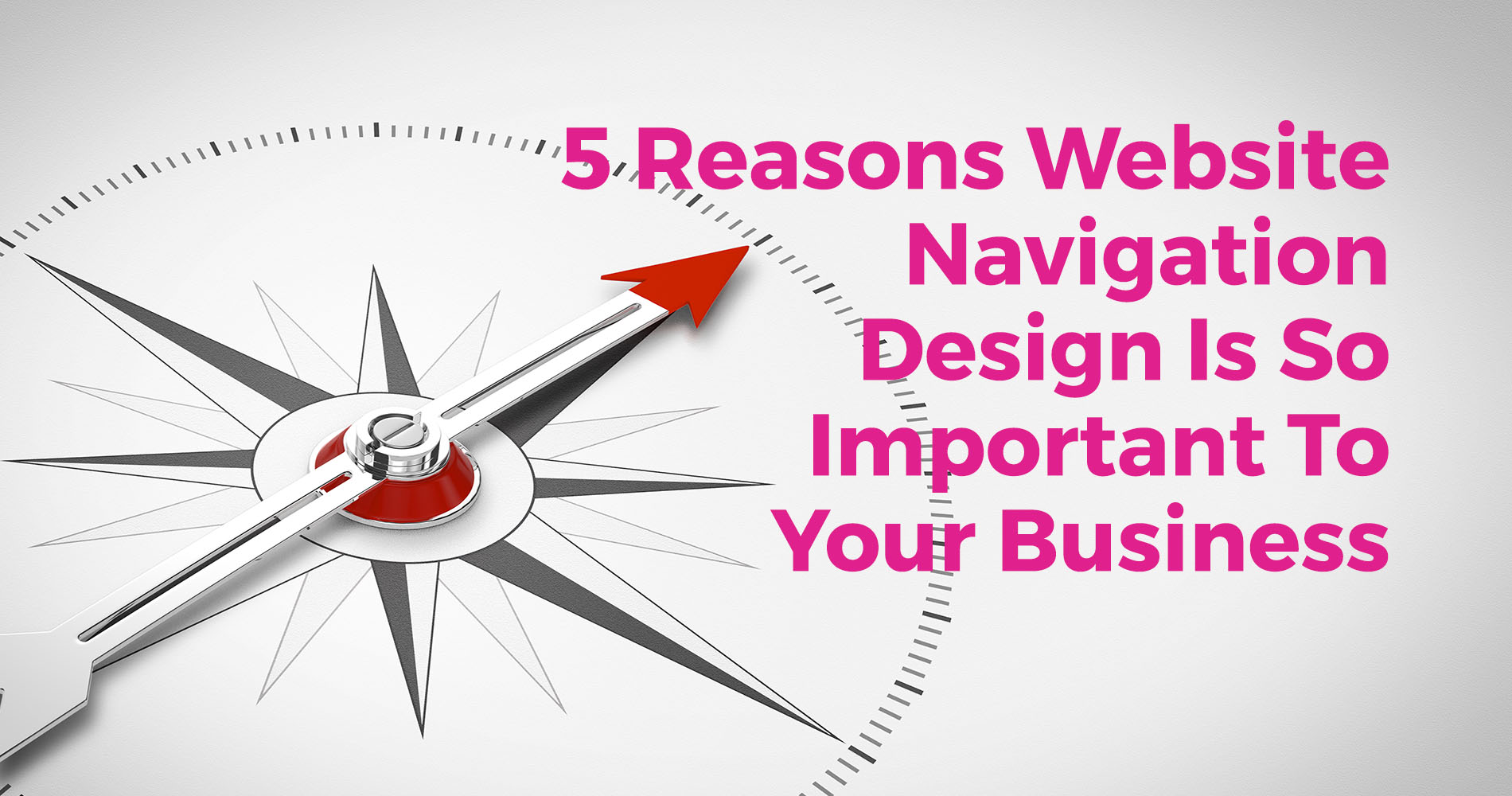Ever wondered which of your website's navigation elements are driving customers away? Well, we did! Website navigation is one of the most important aspects of designing a website. If you get it wrong, users may get frustrated and leave, and the pageviews and sales you count on could slip through your fingers.
Bad website navigation can kill your conversion rates. It's even worse when small business owners don't even realise their navigation is bad. This post will go over some common pitfalls with website navigation and how to avoid them with some simple changes.
1. Avoid Overstuffing
Giving people too many options can lead to frustration and inaction. In many cases, it can be challenging to evaluate each choice properly, and then decide which is the best.
For websites, most businesses try to fit everything they can into the primary navigation bar to make the process of finding everything easier for visitors.
Although creating a content index with an easy-to-navigate structure may seem appealing, it can hurt your user's trust. The result will be that visitors won't be able to make an informed decision about what to do next due to the abundance of options available.
In trying to determine where to click, you run the risk of users clicking the back button, which takes them off your site and can be confusing.
Plan and design a site's primary navigation from the simplest, most important options to the fewest, if possible. By presenting fewer options upfront, you will actually encourage people to make quicker choices and go deeper into your site
2. Choose your options wisely
Designing the navigation of a website can be messy, especially when choosing what should stay in the primary navigation and what should be moved to subsection navigation. It is not uncommon for websites to cut and leave these non-relevant links on the page.
Think about who will use your website. Thus, priority should be given based on the features and content users care about.
While the CEO might be interested in the message from the president, it might not be of much use to the site's customers,
Especially if it replaces another link of greater importance.
3. Bigger is better
The devices and screen sizes used to view websites have changed dramatically over the last few years. Our world has moved beyond the solitary monitor that used to be the only way to access web content. Today's Web sites need to be adapted to a wide range of screens to stay competitive.
It's common for navigation schemes to only function on large screens. Having smaller screens, such as those found in tablets or smartphones, will complicate navigation. It is for this reason that multi-device support needs to be incorporated into the design of websites.
You can easily customise the navigation based on screen size and make sure it is always visible and easy to use.
4. Avoid Crazy Fly Out Menus
As you plan out your site’s primary navigation, take note of any secondary navigation options that you could include on the page. Think about what should be secondary navigation versus what would be better suited as a submenu. For instance, the main navigation may offer the option of "Our Company". Under this button/section, you may see options such as these:
- A Brief History of the Company
- Team Leaders
- Feedback
- Job Opportunities
One way to present these submenus is through a flyout or dropdown menu. The menu appears when you hover over a top-level link. However, it has certain risks.
When you use a touch screen, you should make sure your links are visible even when there is no hover state. Also, avoiding fly-out menus with more than three levels is a good idea. In any website you design, keep menu system flyouts separate from other flyouts.
5. Ensure a consistent user experience
Once someone is familiar with your navigation menu and knows where everything is, you should never change it. The navigation of a website should be consistent throughout, no matter what device is being used, how the menu is arranged, or which page is accessed. The primary navigation should remain the same from page to page.
6. Keep it short and sweet
Navigation options play a big part in how people use a website. You need to make sure they are as simple as possible and concise enough to help visitors know your site. But, this is not as easy as it sounds. To make navigation simpler and concise, you need to make sure it is helping the visitors and that you understand what is really happening.
The use of this editing technique across a whole navigation bar will mean that you will be cutting the amount of text that people are required to process in half while also conveying the appropriate content for those links.
7. Choose the right tone
Every website has a certain tone. Some are informal, others are professional. The site's navigation must reflect the overall tone of the website.
You should consider the following when deciding on your website's tone of voice:
- The target audience and the target geography
- How do you intend for them to engage with your site?
To conclude,
It is important to design the navigation of a website carefully. The smooth and intuitive navigation of a website allows visitors to discover content and features that are relevant to their interests and helpful to your business. The main point we wanted to get across in this article is that navigation is important and it can make or break your experience. Although there is no perfect solution, we employed some tips to help you understand the design of a website’s navigation and how it can impact your business and visitors.
For companies to genuinely drive lead generation and fully understand the strategies to conversion, it's become increasingly more important for your website to be simple to edit and interconnected to your business' marketing and sales activities.





